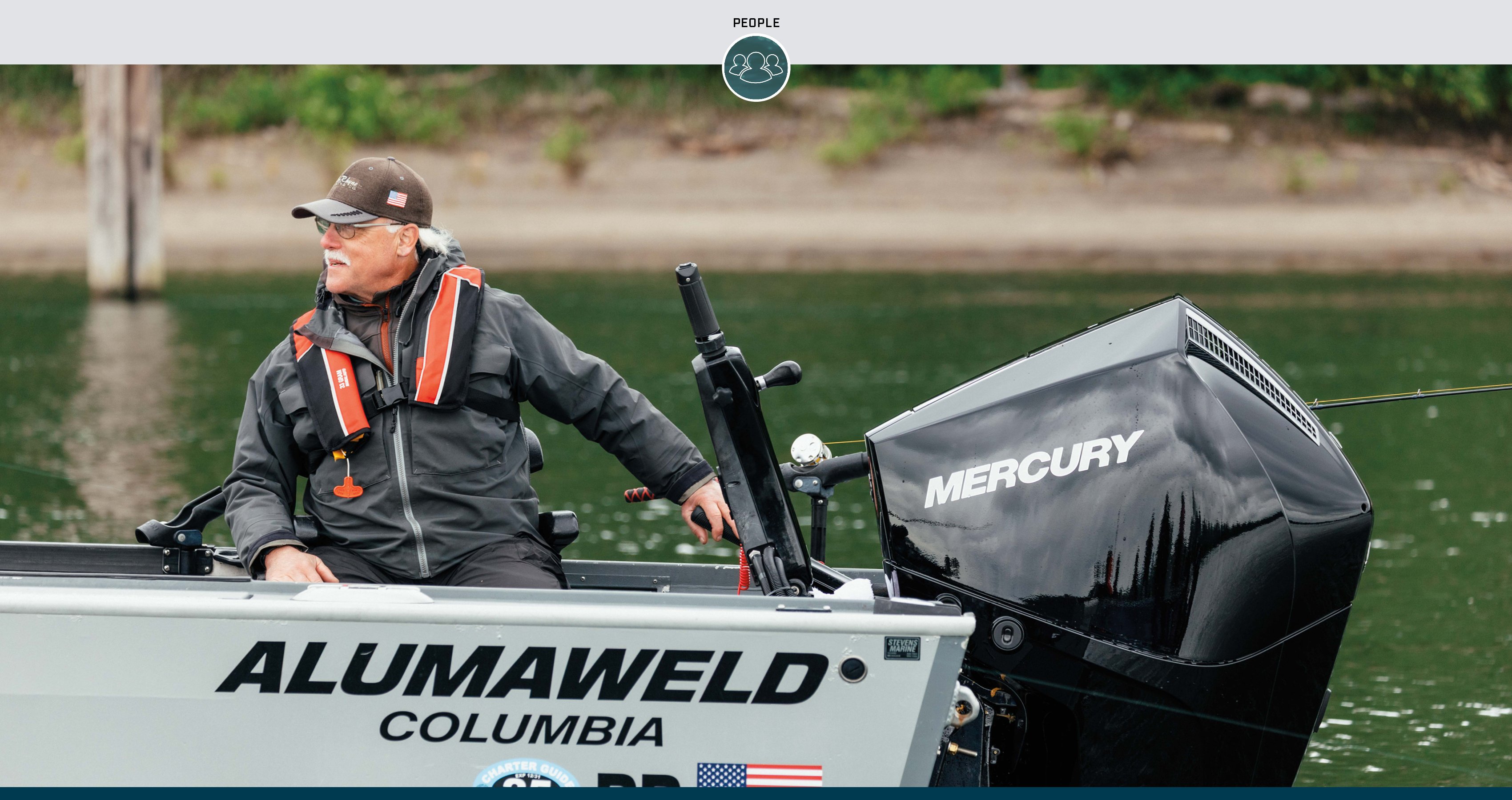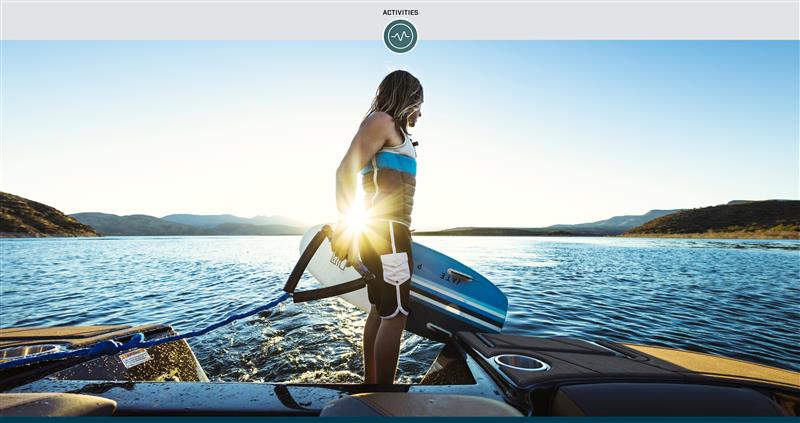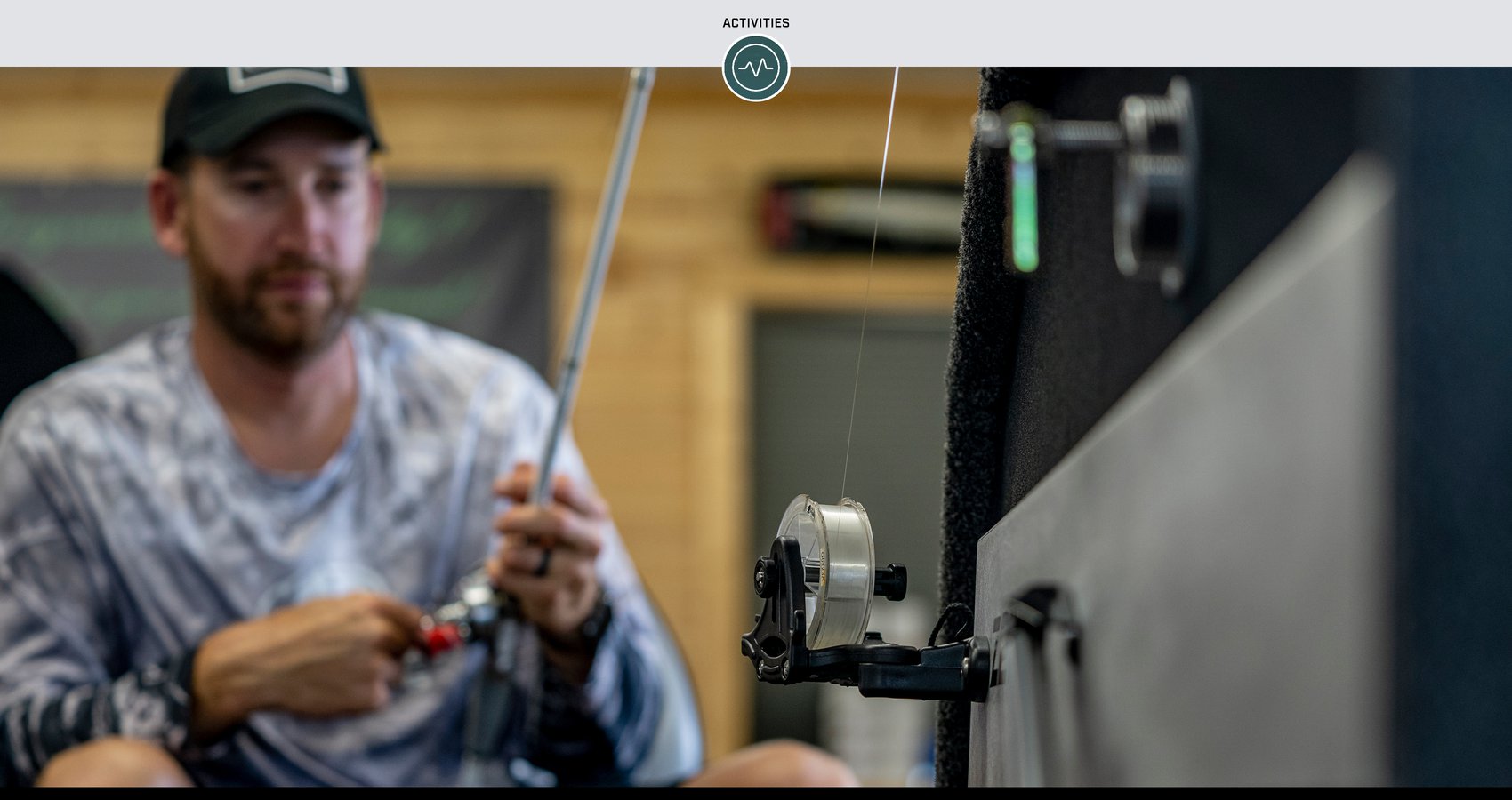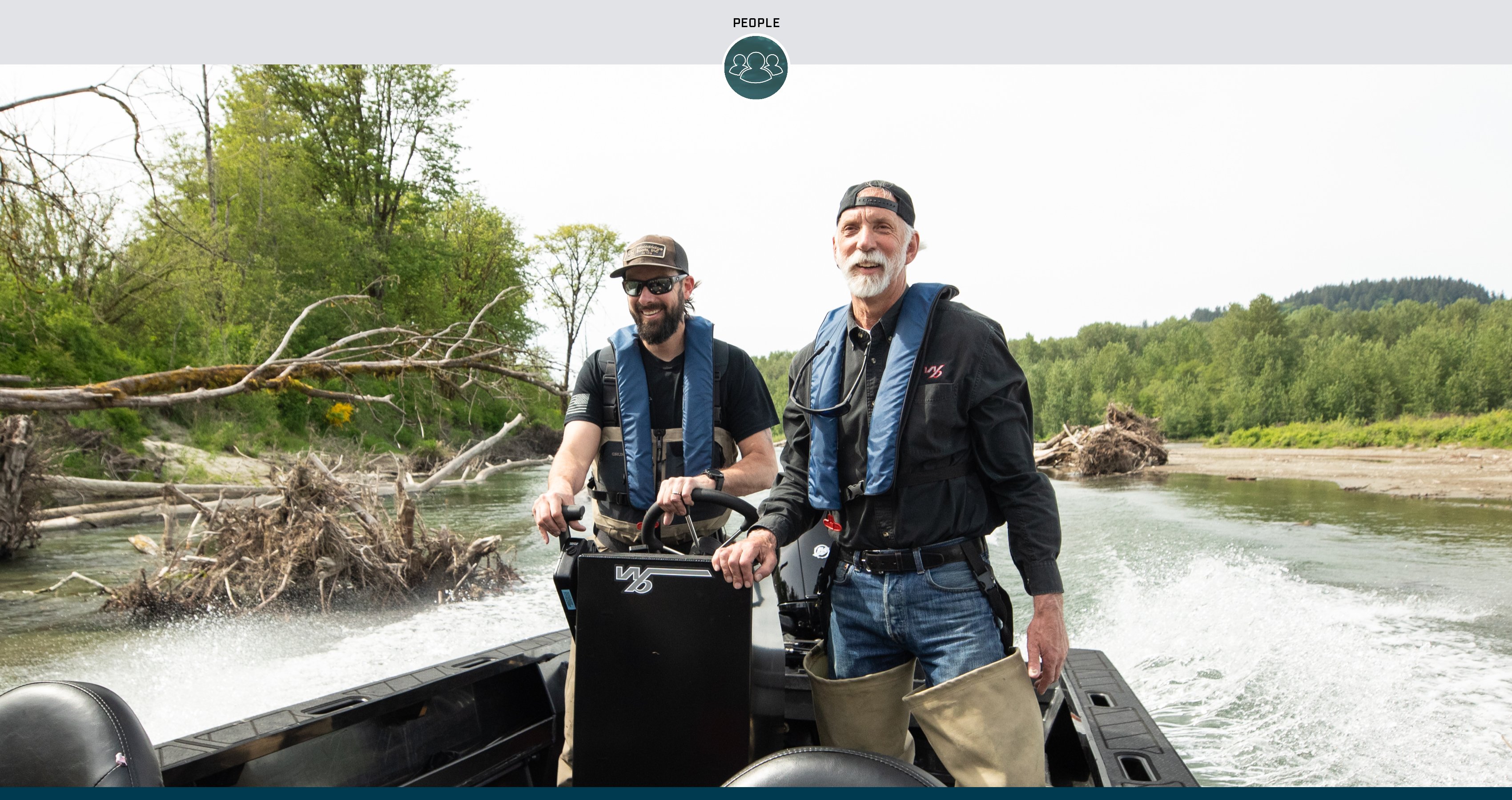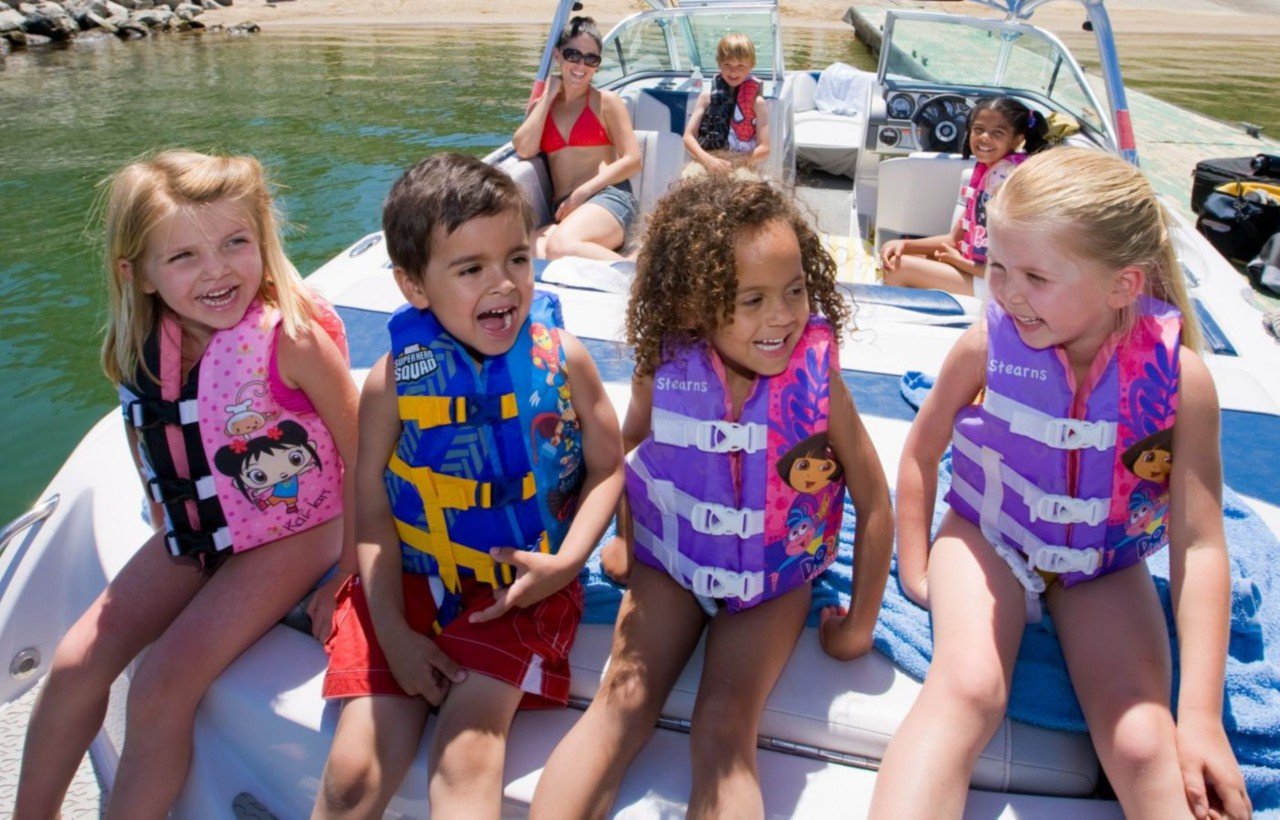No matter how or why you boat – fishing, family fun, exploring or just relaxation – the love of the water is the central thread that ties us all together. But make no mistake – water demands our respect and mindfulness if we are to use and enjoy it safely.
In keeping with the belief that enjoying the water can be simultaneously spirted and safe, Mercury Marine is proud to offer a series of Dockline blog posts relating to life jacket safety for infants, children, adults, pets and watersports participants – anyone who might get on a boat or otherwise be near the water. The purpose of this series is not to alarm you, but rather to help you prepare and protect yourself and your loved ones so all can safely enjoy life on the water for years and generations to come.
If your household has both a boat and kids, congratulations: you have in all likelihood already preordained a significant part of their best childhood memories. Your kids will grow up looking forward to that next family outing on the boat and will take pride in reeling in each fish, getting up on the wakeboard for the first time and you eventually letting them take the helm.
Whether you’re preparing for the first outing with kids, or the hundredth, you need to make life jacket inspections and fittings a top priority. Kids grow fast, and the personal flotation devices (PFD) they wore last year, or even last month, may not fit correctly and you definitely don’t want to be learning about that at the boat ramp. Your inspection and fit check should include confirmation of the following:
- PFD is United States Coast Guard approved, clearly legible on the label.
- Child’s weight is within the range stated on the PFD label.
- Proper fit: Life jacket should not be extremely tight, but able to be drawn up snug around the torso by adjusting the straps. Once the PFD is on and adjusted, have your child raise his or her arms overhead while you gently pull up on the shoulders of the jacket. The PFD should not ride up over the face or chin.
- The life jacket is in good condition, free of tears and rips. The buckles, zippers and straps should work properly, allowing the jacket to easily be put on and removed. Life jackets for younger children will include a strap that runs between the legs to ensure the jacket cannot slip over their head
- Comfort: If your child cannot comfortably sit, fish, ride the tube, go for a dip, etc., while wearing the life jacket, you’re setting both of you up for a disappointing experience.
It’s also important to note that most states require all children 12 and under to wear a life jacket at all times on the boat – check your state Department of Natural Resources website to confirm the regulations in effect in your area. Knowing this will help you avoid a hefty fine, but saving lives is the main reason to mandate wearing life jackets on your boat. And consistently setting this expectation when your children are young – and leading by example by wearing your own PFD on the boat – will help them form lifelong safe boating habits.
